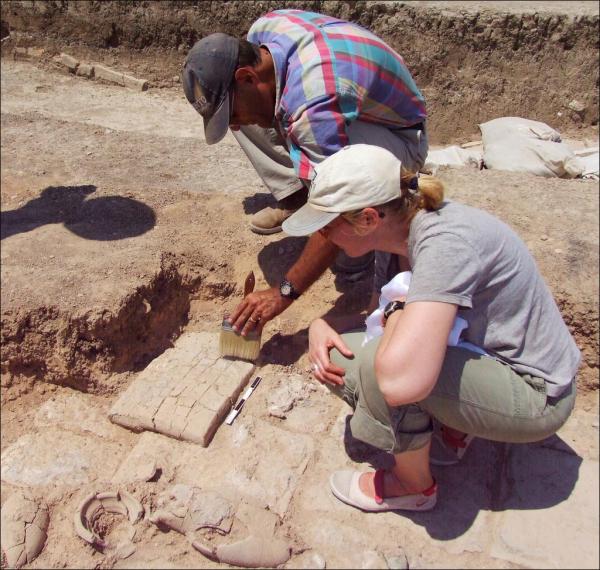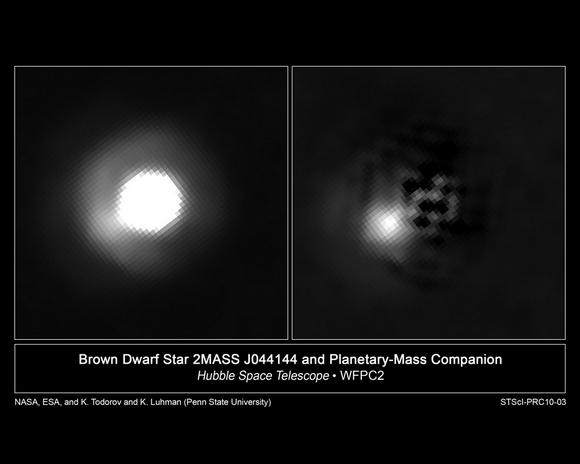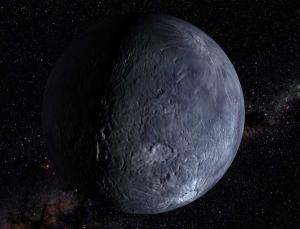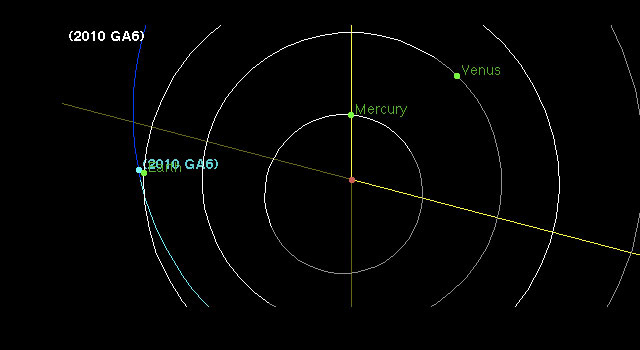
© CBS Studios, Inc.Cyborgs in science fiction, such as the Borg in Star Trek, are often representations of evil. The Borg assimilate others against their will, saying, “Resistance is futile.”
Cyborgs - human beings merged with machines -- are a staple of science fiction.
Star Wars's Darth Vader,
Star Trek's Borg, and the Cybermen of
Dr. Who are variations on this theme - and it's no coincidence they're all "bad guys." Cyborgs symbolize one of our greatest fears: that over time, we will become so enmeshed in our technology that we lose our humanity.
The real-life application of cyborg science is far from horrifying. Medical technology has developed implantable heart pacemakers, insulin pumps, hearing aids, and even computer chips for the brain to treat depression and Parkinson's disease. In that sense, we are already on the path to becoming cyborgs.
Transhumanists believe that the development of such technology will lead one day to "Human version 2.0" - an upgrade of the human body that not only eliminates many of the problems that plague us, but improves upon the basic human design. For instance, some transhumanists envision a day when the human brain will be re-wired with computer chips, allowing us to think, learn and communicate with unprecedented speed and accuracy.
There's an ethical leap between using technology to help people overcome disabilities, and using it to "improve" healthy humans. The 1972 science fiction novel,
Cyborg by Martin Caidin, which was turned into the popular TV show
The Six-Million-Dollar Man, bridges the gap by creating a cyborg superman as a life-saving measure. The title character was a NASA test pilot who suffered traumatic injuries when his plane crashed. His legs, left arm, and an eye were replaced with bionic parts, giving him superior speed, strength and vision.
Martin Caidin's novel may have been inspired by discussions taking place within the space community around that time. NASA had considered the possibility of engineering humans, not to create super heroes, but to help us travel to the other planets and the stars beyond.





Comment: For more information, read Laura Knight-Jadczyk's"Meteorites, Asteroids, and Comets: Damages, Disasters, Injuries, Deaths, and Very Close Calls".